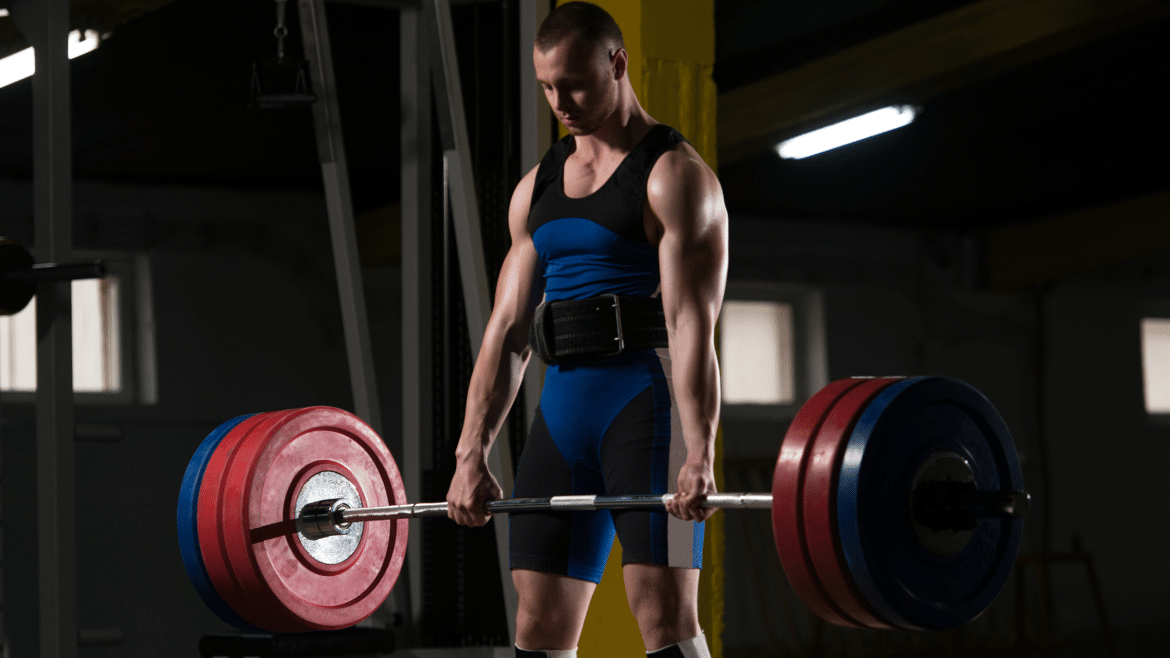 Apr
13
Apr
13
Types of Lifting Belts: What Type of Lifting Belt Should You Use?
- 13 April 2025
- 0 Comment(s)
Step into any gym, and you’ll likely notice individuals securing a sturdy leather belt before attempting a heavy lift. For many, this action is more than routine. It reflects focus, preparation, and a serious commitment to safe and effective training. While it may seem dramatic to some, using a lifting belt is practical and extends far beyond appearance. Lifting belts exist beyond their status as gym equipment and tools for showing physical strength. They serve as functional equipment that supports the core, stabilizes the spine, and promotes the right body positioning during intense weightlifting activities. It is essential to know about the available lifting belt options because each belt type works differently, and you need to identify which one fits your personal training requirements best. Let us discuss the primary types of lifting belts and their key differences and offer practical insights to help you make an informed choice, free from trends or misconceptions.
Why are Supportive Gym Belts Important?
Supportive gym belts, or lifting belts, aren’t magic, but they have some superhero-level perks. The main gig? Boosting intra-abdominal pressure. That sounds fancy, but all it means is giving your core that tight, braced feeling as if you’re about to get punched in the gut by Mike Tyson.
This tension stabilizes your spine, minimizes the chances of injury, and allows you to move heavier weights, knowing your back won’t be like, “Not today!” It’s as if you’ve got another pair of hands supporting your midsection while lifting beast mode.
But fair warning: don’t get too comfy. Belts are helpers, not crutches. If your form’s trash or your core’s weak, no belt in the world can save you. Master the basics first, then strap up when it’s gone time.
Top 6 Types of Lifting Belts to Consider in 2025
Recreational Weight Training Belts
New to the lifting game? These are your go-to. Recreational weight training belts are lightweight, comfy, and made from flexible materials like nylon. They won’t dig into your sides and are perfect for general strength training.
Think of them as the “training wheels” of lifting belts, with enough support to keep you steady but not so stiff that you feel like a robot. Just don’t expect them to hold up during max-out squat days.
Bodybuilding Belts
If you’ve ever watched classic bodybuilding clips from the golden era, you’ve seen these. Bodybuilding belts have that iconic wide-back, narrow-front look that lets your torso move more freely while still giving your lower back the love it needs.
They’re perfect for those who bounce between machines, dumbbells, and occasional compound lifts. The support’s there, but it won’t lock you in like a powerlifter’s belt would.
Powerlifting Belts
Now we’re talking big-boy lifting. These bad boys are the most rigid, supportive belts out there. Usually 4 inches wide and made from thick leather, types of lifting belts for powerlifting are designed to give maximum support when lifting heavy.
Whether you’re about to break your deadlift record or sit down under a barbell that makes your legs question their life choices, this is the belt that keeps your core braced like a tank.
Olympic Weightlifting Belts
Need support and mobility? Olympic lifting belts strike that sweet spot. They’re slightly more tapered with a narrower front, allowing you to catch a clean drop into a snatch or hit a front squat without feeling stuck.
They’re firm but flexible, like your favorite yoga teacher who also deadlifts.
Crossfit Belts
CrossFit belts are the Swiss Army knives of the lifting belt world. You’re not just lifting; you’re jumping, running, flipping tires, and lifting again. So you need a belt that can keep up.
Made with materials like nylon and featuring quick-adjust Velcro straps, these belts offer support without slowing you down mid-WOD.
Dip & Pull-Up Belts
These belts don’t support your core, and they support your ambition. Dip and pull-up belts come with a chain or strap to hang plates from your waist. You heard that right: extra weight while you crush bodyweight exercises.
Perfect for advanced athletes who’ve already mastered their bodyweight and need to add resistance to keep progressing.
The Bottom Line
So, which lifting belt should you use? The answer depends on what you’re training for and how you move. If you’re just starting, keep it light and flexible. Get a sturdy leather beast if you’re all about the big lifts. And if you’re somewhere in between, there’s a belt for that, too. Just remember, belts help, but technique always comes first. Don’t be the guy repping heavy squats with spaghetti knees and a belt cinched so tight it’s cutting off your oxygen.
Weightlifting is not all about lifting belts and straps. The right sportswear is a cornerstone of style, comfort, and functionality. How about custom sportswear for weightlifting? TD Sportswear allows you to customize your activewear with the elements you need, from logos to color palettes.
Strap up, show up, lift smart, and make those gains loud and proud.
